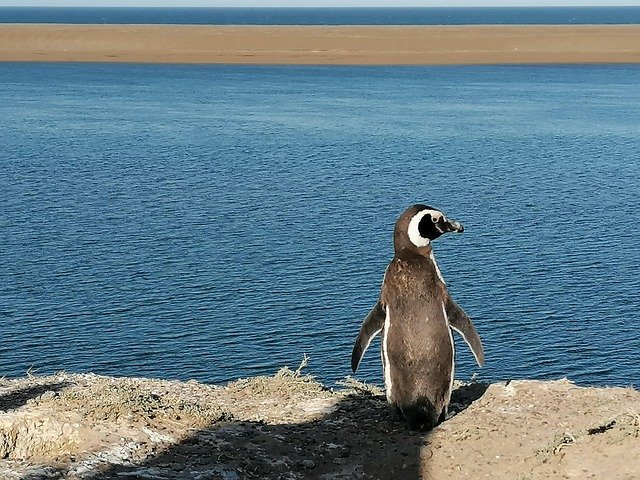**Title: "The Social Lives of Penguins: Understanding Their Unique Colony Dynamics"** **Overview:**

The Social Lives of Penguins: Understanding Their Unique Colony Dynamics
Penguins are fascinating creatures, not only for their adorable appearance and remarkable adaptations to life in cold environments, but also for their intricate social structures. In this post, we will explore the unique colony dynamics of penguins, shedding light on their social interactions, communication methods, and the importance of community in their survival.
The Importance of Colony Life
Penguins are highly social animals that thrive in large colonies. These colonies can range from a few dozen to several thousand individuals, depending on the species and environmental conditions. Living in a colony provides numerous advantages, including:
- Protection from Predators: By forming large groups, penguins can better defend themselves against potential threats, such as seals and seabirds.
- Thermal Regulation: In harsh, cold climates, huddling together helps penguins maintain body heat, reducing energy expenditure during frigid weather.
- Cooperative Breeding: Penguins often engage in cooperative breeding, where multiple adults may help care for the young, increasing the chances of survival for the chicks.
Social Interactions and Hierarchies
Within a penguin colony, social interactions are complex and can vary significantly between species. Here are some key aspects of their social lives:
Communication: Penguins use a variety of vocalizations and body language to communicate with one another. From the distinctive calls of the Emperor Penguin to the synchronized movements of the Adélie Penguin, these signals are crucial for maintaining social bonds and coordinating activities within the colony.
Social Hierarchy: Some penguin species exhibit social hierarchies that dictate access to resources and breeding opportunities. Dominance displays, such as posturing and vocalizations, play a role in establishing these hierarchies.
Alloparenting: In many penguin species, adults engage in alloparenting, where individuals other than the biological parents help care for the chicks. This behavior fosters a sense of community and strengthens social bonds within the colony.
Challenges to Colony Dynamics
While penguins are well-adapted to life in colonies, they face numerous challenges that can disrupt their social structures:
Climate Change: Rising temperatures and melting ice can impact breeding grounds and food availability, leading to stress within colonies.
Human Encroachment: Pollution and fishing activities can deplete fish stocks and disrupt the delicate balance of the marine ecosystem that penguins rely on.
Disease Outbreaks: As social animals, penguins are susceptible to the rapid spread of diseases within colonies, which can have devastating effects on populations.
Conclusion
The social lives of penguins are a testament to the complexity and adaptability of these remarkable birds. Understanding their unique colony dynamics not only enhances our appreciation for their behavior but also underscores the importance of conservation efforts to protect their habitats and ensure their survival. As we continue to study these fascinating creatures, we gain valuable insights into the intricate web of life that exists within our planet's ecosystems.
Feel free to share your thoughts or questions about penguin social dynamics in the comments below! 🐧✨
